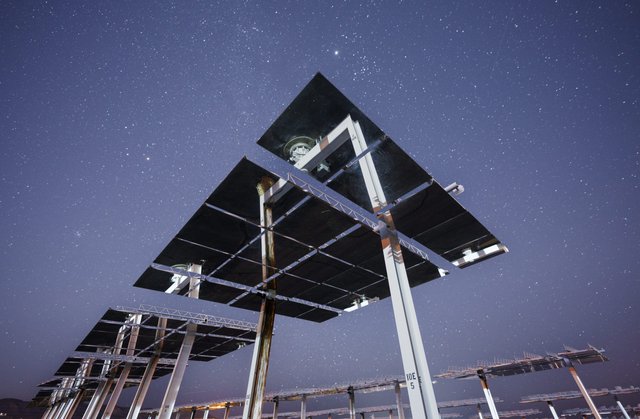Searching for asteroids with solar plant technology.
Searching for asteroids with solar plant technology.

Souce
What if I told you that a solar plant, even when shut down at night, could help save Earth from potential threats such as asteroids? This is already happening in the United States, where a bold scientist decided to give the giant mirrors of a solar power plant a new function: hunting for space objects in complete darkness, which could revolutionize both astronomy and planetary security.
That's when Sandusky had a brilliant idea: to transform that inactive structure into an asteroid tracker. Using a single heliostat, he programmed the mirror to move subtly, projecting starlight onto optical sensors mounted on the plant tower. The reflected energy was minimal, on the order of femtowatts, but sufficient to capture variations in the light spectrum.
The images without reference were created with AI
Thank you for visiting my blog. If you like posts about #science, #planet, #politics, #rights #crypto, #traveling and discovering secrets and beauties of the #universe, feel free to Follow me as these are the topics I write about the most. Have a wonderful day and stay on this great platform :) :)

